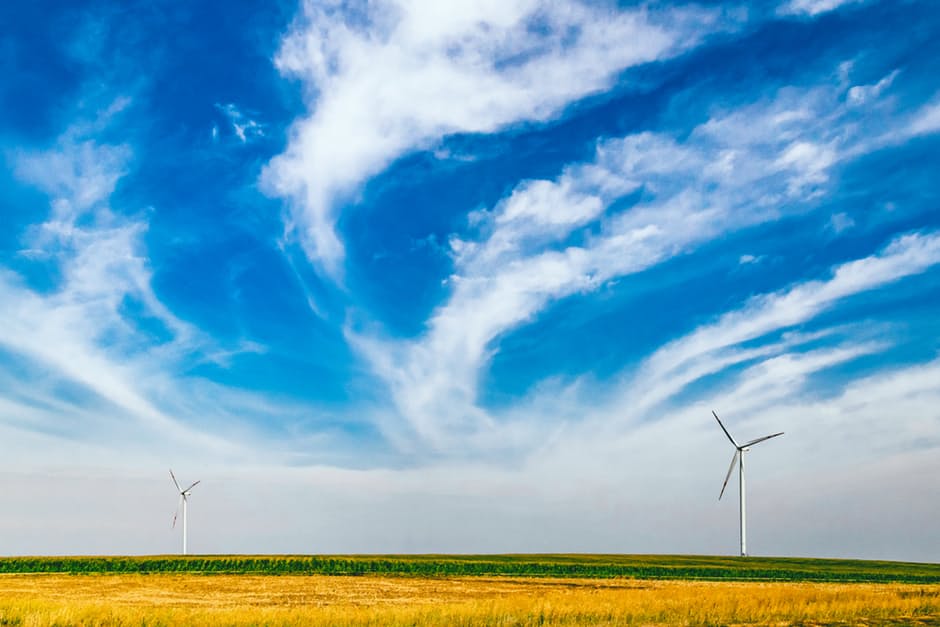Australia’s economic wealth is very much based on its mining heritage: we revel in our ‘golden soil and wealth for toil.’ Mining contributes around eight per cent to Australia’s GDP and around 60 per cent of exports. It seems, then, that the Queensland Government grant of the Carmichael mining lease to Indian company Adani accords with our national pedigree to harness the bounties of the land. This has been met with significant criticism by numerous interest groups and is currently facing legal challenges. Nevertheless, the damaging nature of the Carmichael Mine must not be confused with the position of Australian mining in general. Instead, mining can and should be shifted to focus on delivering alternative energy resources, and can play a pivotal role in mapping the social, economic and environmental requirements of a sustainable future.
The Adani Carmichael Mine has socially significant and environmentally irreversible impacts. Thermal coal will be mined from shallow deposits in the Galilee Basin in central Queensland, transported by rail to the Central Queensland coast for shipment to Indian plants to generate electricity for up to 100 million people. These processes would include a proposed dredging of the Great Barrier Reef for shipping, extensive use of groundwater aquifers and development of railway lines for transportation, negatively impacting landowners. More broadly, the coal mined at Carmichael will have a discernible impact in exacerbating anthropogenic climate change.
Additionally, there is the problem of furtive corporate activity. Adani has previously engaged in questionable business practices, including inflating employment claims as well as the poor environmental record of key figures in Adani’s international business operations. Adani’s claim of 10,000 predicted direct and indirect jobs from the Carmichael Mine was rejected in the Land and Environment Court of Queensland which, instead, accepted the figure of 1,464. Key figures in Adani’s international business operations also have poor environmental track records.
For the decision-makers involved, however, the Carmichael Mine meets the ‘jobs and growth’ economic narrative. The Queensland and Federal Governments both advocate the economic benefits and jobs that the mine will bring. Therefore, the question remains on how to maintain economic responsibility and a foundation for sustainability, while addressing sustainability concerns themselves.
It is a truism that energy remains a necessity for 21st-century human society. In 2015, 86 percent of Australia’s electricity was generated from fossil fuels, whilst renewable energy makes up the remaining 14 percent. Hence, there needs to be a shift in the energy equation away from fossil fuels towards renewables. Seemingly a paradox, to build renewable energy infrastructure to replace fossil fuels, mining is necessary. From the cement used to build a hydroelectric dam to the materials used for wind turbines and solar power technology, mining is central. And while a completely renewable and sustainable future remains the ideal, there is no energy resource which produces ‘zero emissions’. All resources require input in infrastructure construction, and all require resource extraction in some capacity. Importantly, however, while the creation of infrastructure may release emissions, in the generation of energy, renewable methods produce little – if any – greenhouse gases. This contrasts with coal mining, whereby the extraction is the least omitting process while burning of fuel is the greater contributor to climate change.
This shift in this mining conception is also economically responsible. Many of the minerals required for renewable energy generation are found as by-products of current base metal mining practices, and increasing economic viability and demand will require increased mining of these resources. According to the Climate Council, both business as usual and 50 per cent dominance occupancy of renewable-derived electricity generation by 2030 is estimated to generate thousands of jobs. Critical to this is the transition for employees in fossil fuel mining to that of other industries and to aspects of mining which recognise the longevity and overall sustainability of the resources being extracted.
Decision-makers wishing to ensure the future prospects of Australia’s mining industry must look to technology and resources which better meet the sustainability picture. This includes a recognition that mining does have an inevitable role in contributing to social and environmental development and to which the practice of mining must be tailored.
The notion of ‘jobs and growth’ should not be used so cowardly whereby decision-makers embrace the past which, in turn, is destructive for the future. The continuation of the disregard for landholder rights and environmentalism in the Carmichael Mine is a backwards step in Australia’s need to unearth a sustainable future in which mining has an undeniable role. The key to the sustainability equation is something antithetical to Carmichael. That is, is conducting mining in a way which is openly communicative and which does not threaten World Heritage Sites nor the future of our planet. Mining can and should value the environmental cause, landholder rights and avoid dubious corporate subterfuge.
We acknowledge the Ngunnawal and Ngambri people, who are the Traditional Custodians of the land on which Woroni, Woroni Radio and Woroni TV are created, edited, published, printed and distributed. We pay our respects to Elders past and present. We acknowledge that the name Woroni was taken from the Wadi Wadi Nation without permission, and we are striving to do better for future reconciliation.
